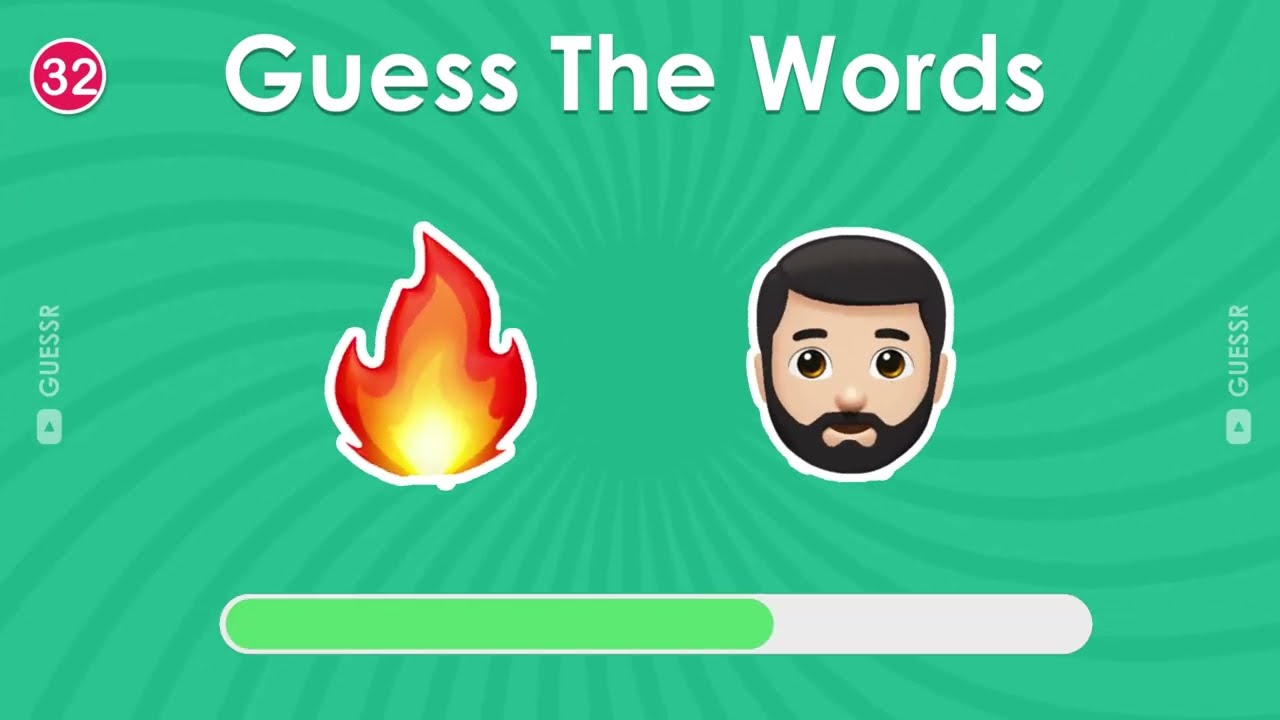In the ever-evolving landscape of digital communication, emojis have emerged as a ubiquitous and indispensable tool for expressing emotions, ideas, and stories in a visually engaging and concise manner. These vibrant pictographs have transcended language barriers and geographical boundaries, becoming an integral part of our daily interactions across various platforms. From humble beginnings as simple emoticons to their current status as a global phenomenon, emojis have undergone a remarkable journey, leaving an indelible mark on the way we communicate and express ourselves.
The Genesis of Emojis: Tracing the Beginnings of a Visual Language
The roots of emojis can be traced back to the early days of digital communication, where the need arose for visual cues to convey emotions in text-based messages. In 1982, Professor Scott Fahlman, a computer scientist at Carnegie Mellon University, introduced the first emoticons, using ASCII characters to create simple representations of facial expressions. These early emoticons, such as 🙂 for a smiley face and 🙁 for a sad face, quickly gained popularity among online communities and laid the foundation for the development of emojis.
The Evolution of Emojis: From Simple Expressions to a Diverse Set of Pictographs
From the limited number of emoticons, emojis have evolved into a diverse and constantly expanding set of pictographs, representing a wide range of emotions, objects, and concepts. The first set of emojis was created in 1999 by Japanese artist Shigetaka Kurita, who worked for the mobile communications company NTT DOCOMO. Initially, these emojis were designed for use on pagers, which had a limited character display. However, with the rise of smartphones and social media, emojis gained widespread popularity, leading to their standardization and incorporation into Unicode, the universal character encoding system used for digital communication.
Standardization and Universal Adoption of Emojis: The Role of Unicode
In 2010, the Unicode Consortium, a non-profit organization that oversees the development and implementation of Unicode standards, officially recognized emojis as part of its coding system. This recognition resulted in the universal adoption of emojis across different platforms and devices, making it possible for users to send and receive emojis regardless of their operating system or device.
Today, the Unicode Standard contains over 3,300 emojis, with new additions being proposed and approved each year. Emojis have also been adapted to reflect cultural diversity, with skin tone modifiers added in 2015, allowing for greater representation and inclusivity. The global popularity and standardization of emojis have made them an essential tool for cross-cultural communication, bridging language barriers and enabling us to express ourselves in a more nuanced and inclusive manner.
The Cultural Impact of Emojis: From Communication to Creative Expression
The widespread use of emojis has revolutionized the way we communicate and express ourselves digitally. They have become an integral part of our online conversations, adding a visual dimension to our messages and making them more engaging and expressive. However, emojis have also transcended traditional communication and have found their way into various aspects of our daily lives, from marketing and advertising to art and fashion.
Emojis in Marketing and Branding: Leveraging Visual Language for Effective Communication
With the rise of social media and digital marketing, brands and businesses have recognized the importance of incorporating emojis into their communication strategies. Emojis add a personal touch to brand messaging, making it more relatable and memorable for consumers. According to a study by mobile marketing platform Appboy, brands that use emojis in their email subject lines have a significantly higher open rate and click-through rate than those that don’t. Emojis have also been used in advertising campaigns, with brands like Pepsi and McDonald’s using them in billboards and TV commercials to connect with younger audiences and create a memorable impact.
Emojis as Tools for Creative Expression: From Emoji Art to Emoji Fashion
Emojis have also sparked a new wave of creativity and self-expression. Artists and designers have harnessed the power of emojis to create unique and visually appealing pieces of art, from emoji mosaics and sculptures to animated videos and installations. The popularization of “emojigraphy” has also given rise to a new genre of art, where emojis are used to recreate famous paintings and photographs.
In the world of fashion, emojis have found their way onto clothing, accessories, and even runway shows. Brands like Forever 21 and HM have released collections featuring emojis, and luxury brands like Moschino and Chanel have incorporated them into their designs. Emojis have become a symbol of pop culture and have transformed into a powerful tool for self-expression and identity.
Emojis in Popular Culture: From Memes to Movies
The widespread use and global recognition of emojis have led to their integration into popular culture. They have become an integral part of internet memes, with popular characters like the “crying laughing” emoji or the “100” emoji being used to convey humor and sarcasm. Emojis have also made their way into movies, with films like “The Emoji Movie” and “The Emoji Story” dedicated to exploring the world of emojis and their cultural impact.
The Future of Emojis: New Technologies and Trends
As technology continues to advance, so does the evolution of emojis. With the rise of augmented reality and virtual reality, emojis are expected to become more interactive and immersive, allowing us to express ourselves in a more dynamic and personalized way. The use of emojis in voice-controlled devices is also on the rise, with virtual assistants like Amazon’s Alexa and Apple’s Siri incorporating emojis into their responses.
Another emerging trend is the creation of custom emojis, where users can create their own personalized emojis using their own images or avatars. This trend has gained popularity on social media platforms, with apps like Bitmoji and Memoji allowing users to create personalized emojis that reflect their appearance and personality.
Conclusion
In just a few decades, emojis have become an essential part of our digital communication, transcending language barriers and geographical boundaries. From simple emoticons to a diverse and universally recognized set of pictographs, emojis have undergone a remarkable evolution, leaving a lasting impact on the way we express ourselves online. As technology continues to advance, the future of emojis looks promising, with new technologies and trends paving the way for more immersive and personalized forms of expression. Emojis have truly revolutionized the way we communicate, and their cultural impact will continue to shape our digital interactions for years to come.


